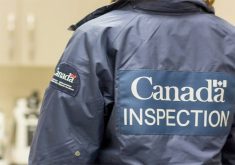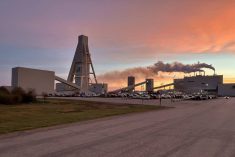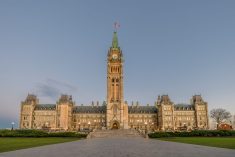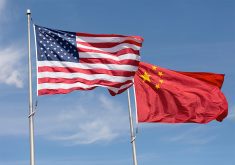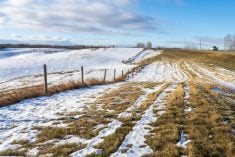(Reuters) — The shaggy offspring of the United States’ only wild, purebred herd of bison are pitting Montana conservationists, federal wildlife managers, ranchers and Native American tribes against each other.
Montana governor Steve Bullock is due to decide soon whether bison from Yellowstone National Park will be allowed to roam the state outside certain tribal lands, where their recent return was seen as a long-awaited homecoming.
The saga centres on a push by environmental activists and Native Americans to increase the numbers of the iconic beasts, which were once almost wiped out, against opposition from livestock owners who fear disease and say recent bison deaths on tribal lands may have been caused by mismanagement.
Read Also
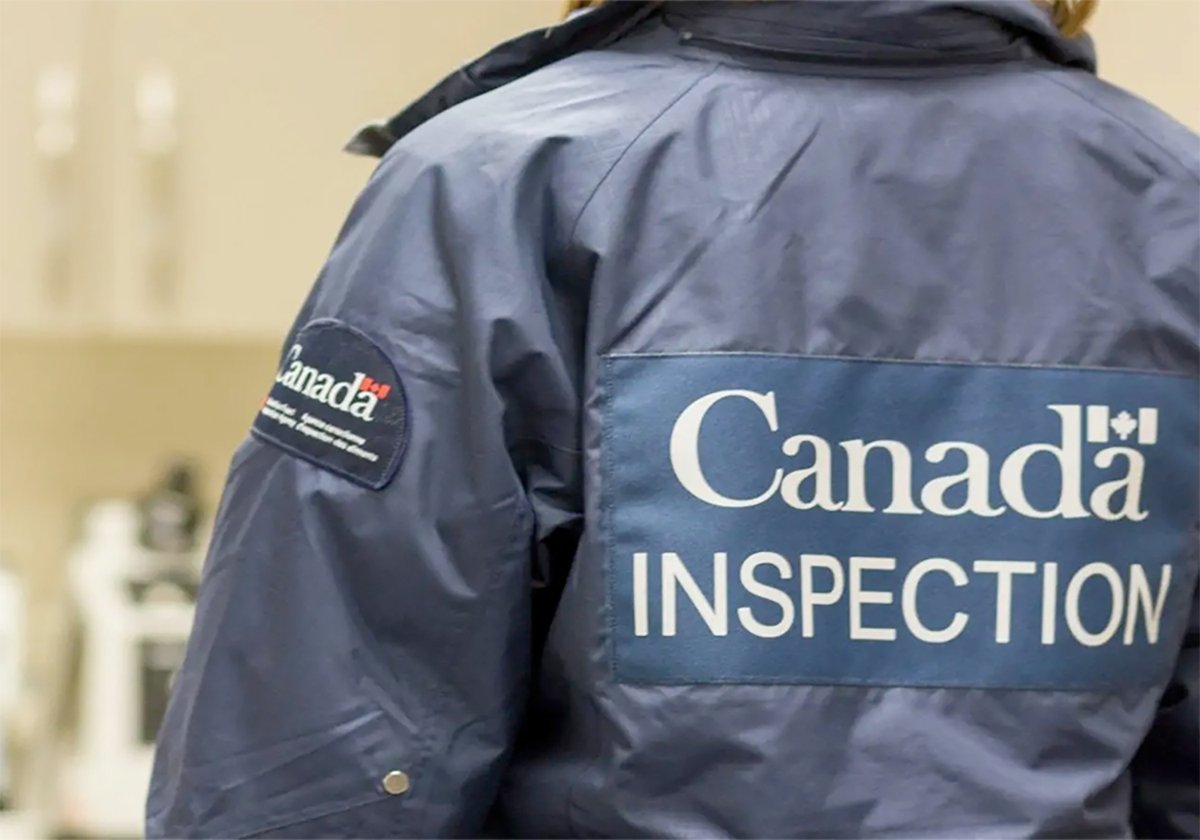
B.C. ostriches now to be culled after ruling: CFIA
Birds are now to be culled from a British Columbia ostrich operation that sought to bypass standard federal practice in on-farm outbreaks of highly pathogenic avian influenza and has been denied an appeal at Canada’s highest court.
There are nearly 5,000 bison in the park, which spans parts of Montana, Wyoming and Idaho. They represent the last of ancient herds that once thundered across the U.S. West in tens of millions.
The U.S. government’s efforts to exterminate remaining herds to force the surrender of warring tribes that depended on bison resulted in fewer than 50 animals finding refuge at Yellowstone in the early 20th century.
The tribes revere the Yellowstone bison, which are a top draw for the record number of tourists flocking to the park.
Wildlife advocates also prize the animals for their genetic purity, since they were excluded from an otherwise widespread practice of crossbreeding with cattle.
Yet debate over the bison has raged for as long as the remnants of the nation’s wild herds were guarded by the U.S. cavalry at Yellowstone and saved from extinction.
Montana ranchers fear the bison because they can carry a bacterial disease, brucellosis, that can cause pregnant cattle to miscarry.
Stockmen in the state have long supported a program that allows the capture and eventual slaughter of many bison that migrate from the park into Montana in the winter.
The practice has protected the state’s brucellosis-free status, which allows producers to send cattle across state lines without expensive testing, but it has also prompted public opposition.
A park proposal earlier this month to cull 1,000 bison drew such controversy that the U.S. government put the move on hold for now.
James St. Goddard, spiritual leader of the Blackfeet Nation in Montana, said the bison should not be crowded into trucks and then killed like any livestock.
“Our ancestors depended on (bison) for survival, and now they depend on us for their survival,” Goddard said. “We should be fighting for their lives.”
Two Indian reservations in Montana have in recent years received brucellosis-free bison as part of a government experiment designed to test whether quarantined animals could be kept from being exposed to or carrying the disease.
State officials have since asked for public input on proposals that could establish herds created from Yellowstone bison elsewhere in the state.
That could include public lands, private property with permission of the owner or additional Indian reservations.
But questions about the fate of such herds arose this summer when 19 bison cows, including one that was pregnant, died of what appeared to be water deprivation at the Fort Belknap Indian Reservation in north-central Montana, home of the Gros Venture and Assiniboine tribes.
The deaths were a blow to residents of the reservation, who still are shaken, said Mark Azure, president of the community council that represents both tribes.
Azure said he feared ranchers and other opponents of bison restoration efforts would use the incident as evidence that tribes should not receive more buffalo.
The deaths, apparently caused by factors including a heat wave and the failure of a gas-powered well pump, are red flags for Montana leaders, who have voiced concerns about increasing the conservation herds.
“Wherever those bison go,” said cattleman and state representative Kelly Flynn, “we have the expectation they will have the best treatment they can get. At the very least, food and water.”


